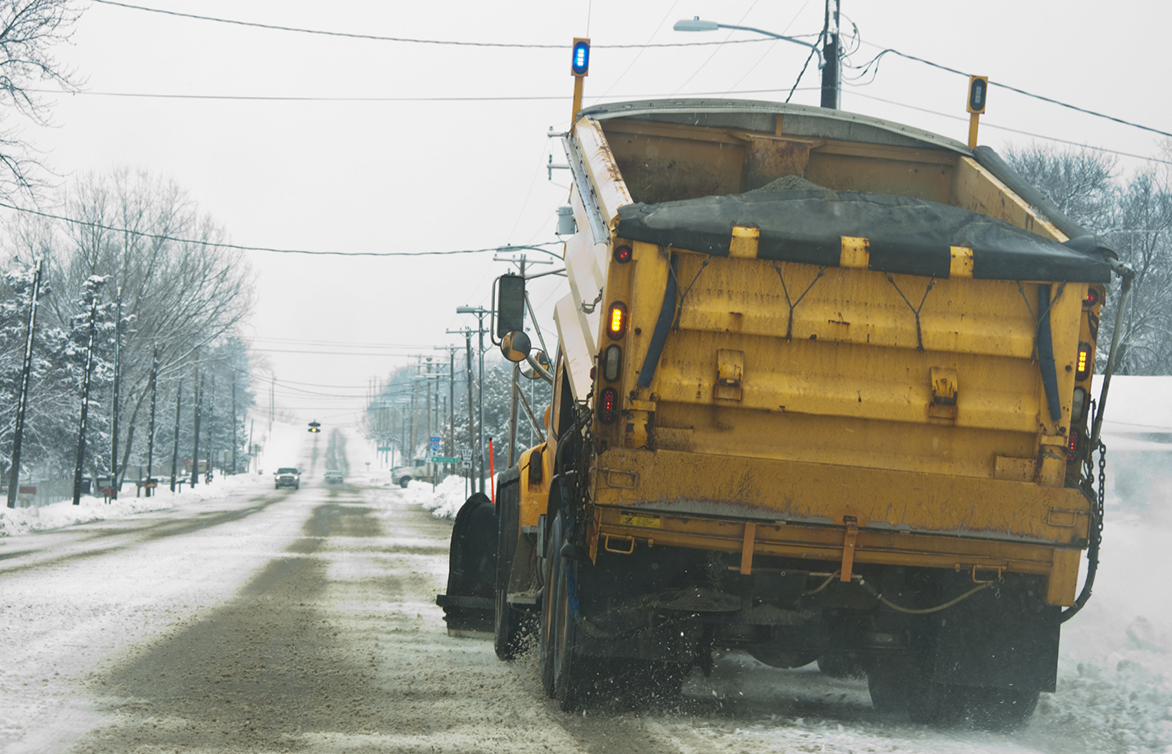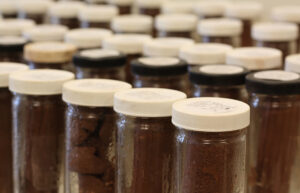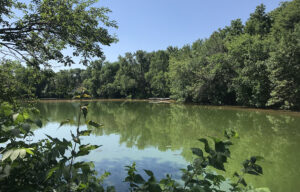 Salt used for winter road maintenance is one way chloride enters lakes and streams. Barr helped enhance a source-assessment tool to better understand how to reduce chloride contributions.
Salt used for winter road maintenance is one way chloride enters lakes and streams. Barr helped enhance a source-assessment tool to better understand how to reduce chloride contributions.
Modeling roadmap helps manage chloride levels
Over the last few decades, the Minnesota Pollution Control Agency (MPCA) has tracked an increase in chloride levels in Minnesota water bodies. To help preserve and restore these waters, the MPCA asked Barr to further develop its existing program to help wastewater and municipal stormwater permittees and watershed organizations better understand how to reduce chloride contributions. The Smart Salting Assessment Tool (SSAt) allows users to compare relative chloride loadings based on known chloride sources and management actions. Since the SSAt does not provide a comprehensive view of all chloride sources, Barr was tasked to develop data on remaining sources and quantify potential benefits of enhanced management actions.
Working with environmental consulting firm Fortin Consulting, Barr developed a source-assessment roadmap to categorize common chloride sources, such as winter road maintenance, dust control, industrial and wastewater discharge, water softening, and fertilizers. Barr also identified GIS mapping tools to account for geographic boundaries and features impacting chloride load. With the proposed enhancements in source assessment in the SSAt framework, users could view their chloride loading profile based on current activities and how it may change based on different actions, such as switching from rock salt to salt brine for pavement deicing. This dynamic chloride loading framework can help cities and watershed organizations across Minnesota create effective chloride management plans.
This framework can be applied to any geographic area at risk for high chloride loadings to nearby water sources.
About the author
Greg Wilson performs watershed and in-lake water quality modeling, recommends management actions, and facilitates technical-advisory meetings for development of lake management plans. He has conducted water quality and water quantity monitoring and modeling and/or TMDL/WRAPS studies for nearly 100 lakes, and he leads design, sediment analysis, chemical dose determination, and/or alternative treatment options for internal phosphorus control in lakes and ponds.














